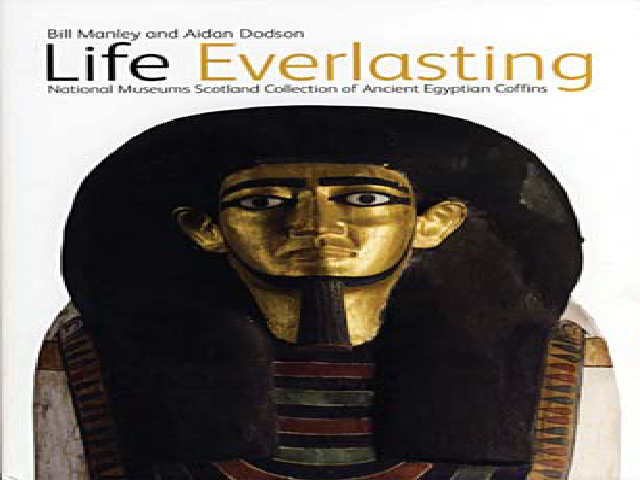Manley, B. & A. Dodson. 2010. Life Everlasting. National Museums Scotland Collection of Ancient Egyptian Coffi ns. – Edinburgh, National Museums Scotland
Abstract
After an overview (without title, pp. 1-10) of the history of the conglomerate of the National Museums Scotland – with special attention to the Egyptian collections and the individuals who were most closely related to their development, among whom Rhind was the most prominent – the Egyptian coffi n collection is divided into seven ‘parts’.
The introduction sketches the archaeological and culture historical context. Part 1 (Cat. 1-2, pp. 12-19) describes two Middle Kingdom coffi ns of two men, both of whom were called Khnumhotep (no family relation), with the coffi ns respectively rectangular and anthropoid in shape. The main text is followed by notes, a pattern repeated for the remaining six parts. Part 2 (Cat. 3-7, pp. 20-33) covers the famous ‘Qurna burial’ (probably of a Second Intermediate Period Theban queen and her child [Cat. 3-4]) consisting of a heavily gilded rishi-coffi n. The most interesting other items are a limestone female head of a stone sarcophagus, late 18th or early 19th Dynasty (Cat. 6) and the polychrome coffi n of a girl in daily dress, probably originating from the tomb of Sennedjem at Thebes (Cat.7). It is surprising that – in contrast to the previous objects – in the last two cases the width is not given, as if the authors did not have direct contact with the objects, which seems unlikely; a case of carelessness?. Read more...
Downloads




